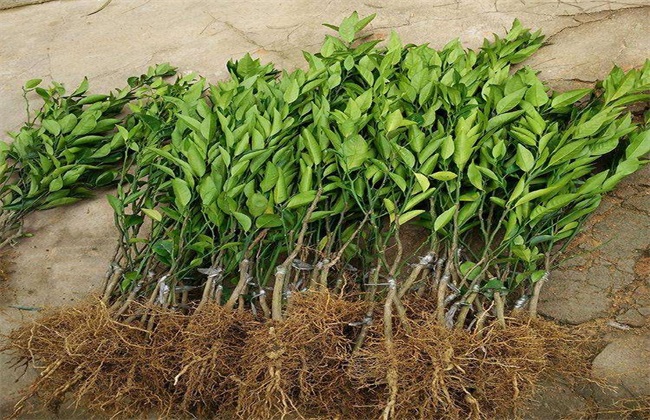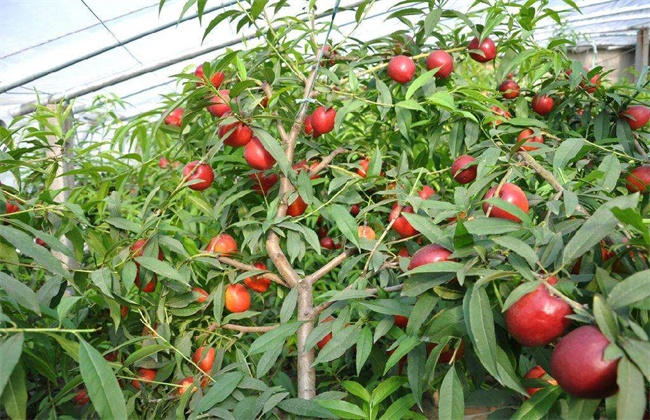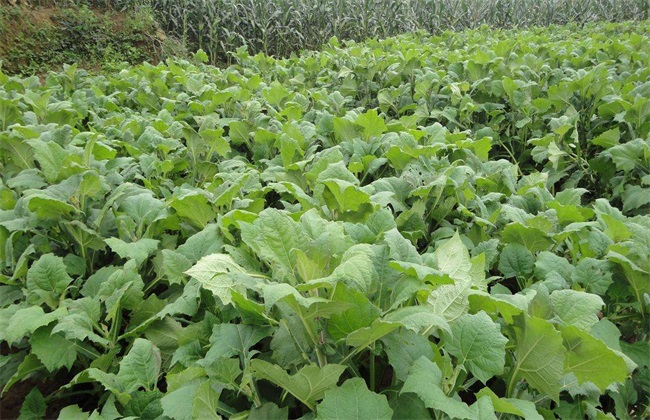Breeding methods of grafted Citrus seedlings
Citrus is widely cultivated in the south, and there are many varieties. It is an important economic source for farmers in many areas. The ways of propagation and seedling of citrus include grafting, seedling, cutting, striping, and so on. Generally in the actual production, these methods are often used, the following will mainly introduce the reproduction of grafted seedlings, how to operate.

I. Seedling raising time
Grafting is carried out in spring and the survival rate is high, which is suitable weather, temperature and humidity for rootstocks and scions. Of course, the second can be carried out in the cool autumn Xiaoyangchun, but the survival rate is lower.
2. Preparation for grafting
Rootstocks can generally use sour pomelo, orange, Fructus Aurantii and so on, but at present the most important is to use Fructus Aurantii. Because Fructus Aurantii has strong cold resistance and strong adaptability, disease resistance. So you need to buy enough rootstock seedlings in advance, or dig wild Fructus Aurantii seedlings. You can plant a large number of Fructus Aurantii or other rootstock seedlings at home. Scion to choose, healthy and strong mother plant to take 10 to 15 centimeters of healthy one-or two-year-old paper, branches should have enough full buds. Cut off the branches and remove the leaves.
3. Grafting method
When ready, cut the rootstock 5 centimeters off the ground, and then leave a cross section. In the cross-sectional epidermis, cut about 2 cm along the phloem, and then cut a smooth slope 1.5 cm long at the bottom of the scion. Then insert the scion into the skin of the rootstock and stick the slope to the rootstock. Finally, it is entangled in a circle with transparent tape or plastic film, generally, it is suitable for tightness, and it is best to have room for growth. The whole process should be fast, and the survival can be checked in the later half a month or so. Grafting is not successful if the scion is withered. If it is not successful, you can make up in time, cut on the other side of the rootstock and re-select the scion. However, the grafted seedlings can be specially taken care of. Generally, grafted seedlings should be planted on shaded land, covered with shading nets, and often watered to keep moist. Then transplant after normal growth, usually one to two months. The transplanting site needs to be fully fertilized and watered thoroughly. Sprinkle pesticides to control diseases.
Compared with other propagation methods, grafted seedlings is a superior way of reproduction, because it can make good use of the superior row and disease resistance adaptability of rootstocks to fill the deficiency of scion varieties, change plant advantages and growth conditions. so this method is often used in production.
Related
- Moge, come on! The staff of the peasant association in the producing area of cantaloupe were frightened when the crowd gathered.
- Causes and Solutions of low Fruit setting rate of Apple
- Symptoms and control measures of passion fruit virus disease
- Fruit growing lesson: how do apple orchards keep high yields?
- Can you build orchards in the mountains? What are the pros and cons?
- How to manage the coloring period of Crisson grape?
- This paper introduces the processing technology of two kinds of fig products.
- How much is a month for retired teachers in rural areas by 2020?
- How can strawberry planting increase sugar content? We should pay attention to management in many aspects.
- What are the cultivation techniques on how to improve the yield of golden fruit?



